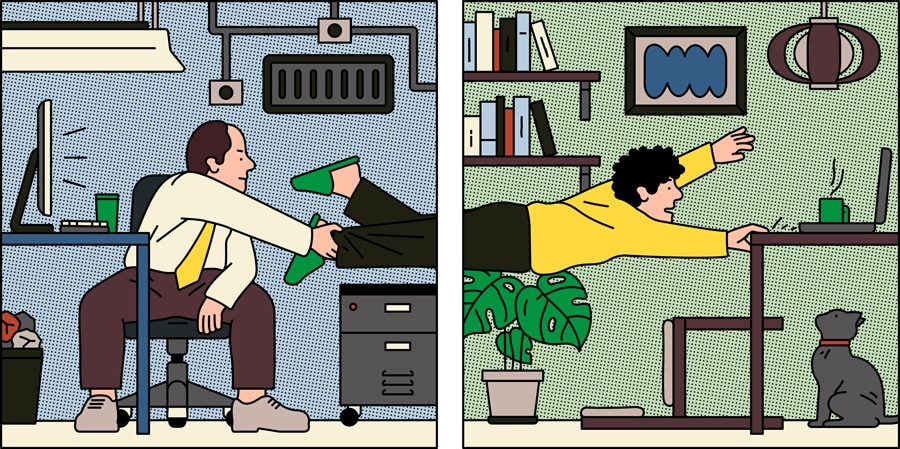
Return to office hits a snag: Young resisters
While workers of all ages have become accustomed to dialling in and skipping the wearying commute, younger ones have grown especially attached to the new way of doing business
 A generation gap has emerged between them and those who value the workplace over the advantages of remote work. Bridging it may require flexibility. (Albert Tercero/The New York Times)
A generation gap has emerged between them and those who value the workplace over the advantages of remote work. Bridging it may require flexibility. (Albert Tercero/The New York Times)
David Gross, an executive at a New York-based advertising agency, convened the troops over Zoom this month to deliver a message he and his fellow partners were eager to share: It was time to think about coming back to the office.
Gross, 40, wasn’t sure how employees, many in their 20s and early 30s, would take it. The initial response — dead silence — wasn’t encouraging. Then one young man signaled he had a question. “Is the policy mandatory?” he wanted to know.
Yes, it is mandatory, for three days a week, he was told.
Thus began a tricky conversation at Anchor Worldwide, Gross’ firm, that is being replicated this summer at businesses big and small across the country. While workers of all ages have become accustomed to dialing in and skipping the wearying commute, younger ones have grown especially attached to the new way of doing business.
©2019 New York Times News Service







